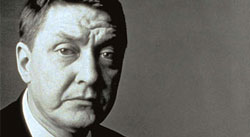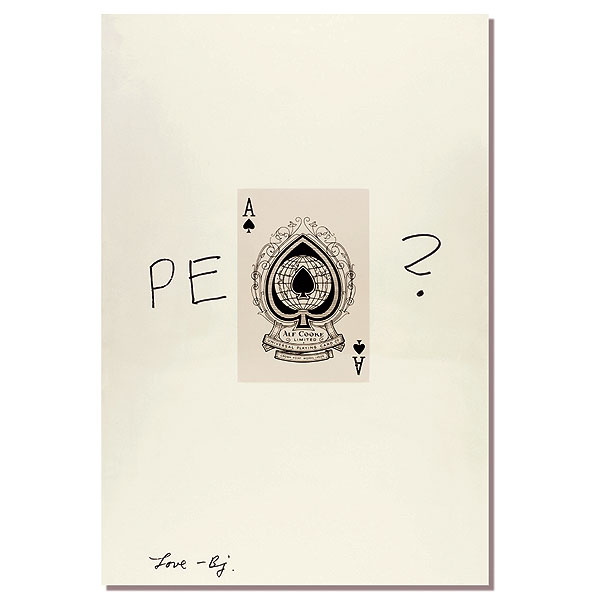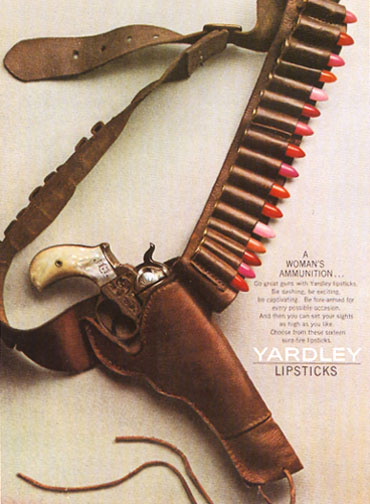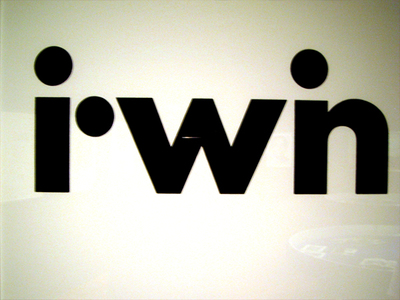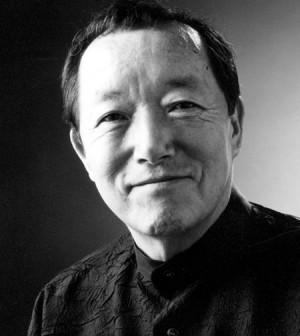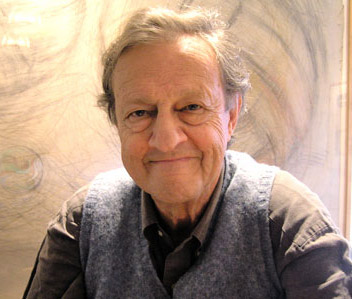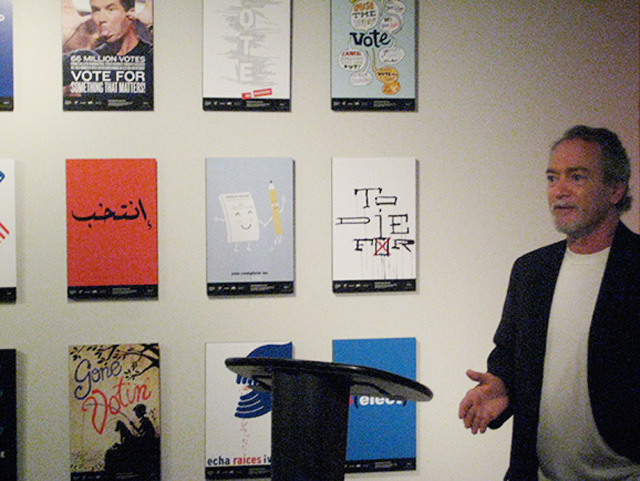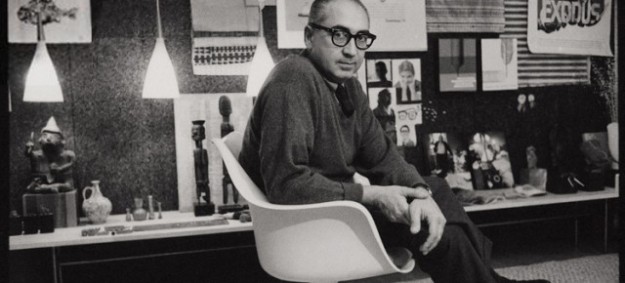Robert Brownjohn had a notably prolific career as a graphic designer, despite his relatively brief lifespan. He is perhaps best remembered for his contributions to the Bond films, particularly the striking title sequences for “From Russia with Love” and “Goldfinger.” His principal style was to fuse the formal tenets of graphic design with the more contemporary cultural sensibilities of the 1950s and 1960s in both the United States and Great Britain. He is notable for his contributions to the redefinition of graphic design, moving it from a more traditional and formal approach to one that emphasises conceptual content over formal visual elements.
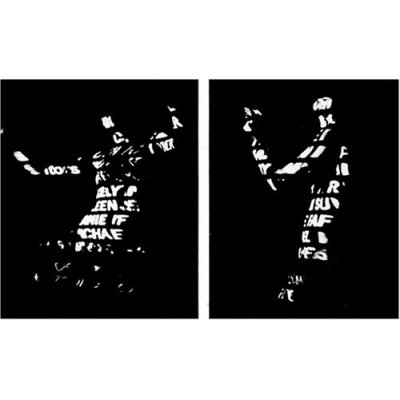 Robert Brownjohn was born on 8 August 1925 in Newark, New Jersey. His parents were of British origin, and his father was employed as a bus driver. Subsequently, an art teacher at a New Jersey high school identified his aptitude for art and assisted him in securing a position at the Institute of Design in Chicago. In Chicago, he encountered and collaborated with émigré Mondy Nagy, who had relocated from Germany. He had transformed the Institute of Chicago into an architectural style reminiscent of the renowned Bauhaus in Germany.
Robert Brownjohn was born on 8 August 1925 in Newark, New Jersey. His parents were of British origin, and his father was employed as a bus driver. Subsequently, an art teacher at a New Jersey high school identified his aptitude for art and assisted him in securing a position at the Institute of Design in Chicago. In Chicago, he encountered and collaborated with émigré Mondy Nagy, who had relocated from Germany. He had transformed the Institute of Chicago into an architectural style reminiscent of the renowned Bauhaus in Germany.
 Mondy Nagy had a philosophy which was a mix of modernism and constructivism, leading the students into a very novel and modern way of thinking about their designs.
Mondy Nagy had a philosophy which was a mix of modernism and constructivism, leading the students into a very novel and modern way of thinking about their designs.
‘The goal is no longer to recreate the classical craftsman, artist and artisan with the aim of fitting him into the industrial age,… by now technology has become as much a part of life as metabolism. The task therefore is to educate the contemporary man as an integrator, the new designer able to evaluate human needs warped by machine civilisation…’
The influence Mondy Nagy had on Brownjohn was, of course, to be seen in much of his work.
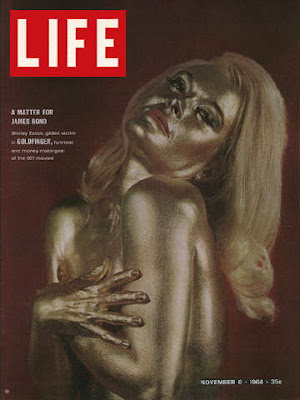 After attending the Institute of Design, Brownjohn obtained his first job with an architectural planner in Chicago and after a while returned to the Institute to teach.
After attending the Institute of Design, Brownjohn obtained his first job with an architectural planner in Chicago and after a while returned to the Institute to teach.
As the 1950s drew near, Brownjohn opted to become a freelance designer, securing a considerable clientele that included Columbia Records. During this period, he began to lead an increasingly flamboyant lifestyle, associating with individuals from his other great interest, namely music. He was frequently observed in the company of jazz musicians Miles Davis and Charlie Parker. Nevertheless, at this juncture, he commenced the use of heroin, a factor that would ultimately prove detrimental to his longevity. In 1957, he met Donna Walters, with whom he had a daughter, Eliza.
In addition to his work as a graphic designer, Brownjohn also created album covers for musicians, including the Philharmonic Orchestra in 1958. In this instance, he combined his interest in music with his expertise in typography, using bricks and disused typographer’s blocks to create an image that juxtaposed old and new. This eclectic assemblage of wooden blocks exemplified his intellectual agility in conceptualising novel solutions while simultaneously evincing an affinity for utilitarian objects. Additionally, he employed the use of unclothed breasts in Robert Fraser’s Obsession and a gold-plated female torso for the titles of Goldfinger.
In 1957, Brownjohn, Chermayeff and Geismar established a business partnership in New York, focusing on typographical graphic design. They produced a booklet entitled ‘Watching Words Move’. This was a series of typographical jokes that had been inspired by games they had played during their breaks from business. Furthermore, they were commissioned to create the Christmas decorations for Pepsi-Cola in 1957, which caused a stir due to its flamboyance.
In 1959, Brownjohn’s drug dependency intensified, prompting him to relocate to London in pursuit of a fresh start. This was during the period of the 1960s, known as the Swinging Sixties, when London was a centre of opportunity for artists and designers. During his tenure in London, he joined the agency J. Walter Thompson and, in 1962, departed to join McCann Erickson. At this juncture, Donna became discontented and departed from Brownjohn’s company to relocate with their daughter to Ibiza.
Brownjohn subsequently expanded his portfolio to include work in the film industry. He was approached by Harry Saltzman, renowned for his involvement in the James Bond franchise, to produce the sequence for the second James Bond film, ‘From Russia with Love’, and later ‘Goldfinger’. He employed the use of projected moving footage onto the bodies of models, subsequently filming the results. The technique had previously been employed by Maholy-Nagy in the context of early constructivist cinema in the 1920s.
Noteworthy among Brownjohn’s contributions was his work on the Rolling Stones album Let It Bleed, released in 1969. He employed moving graphics for Midland Bank in their sequence of five-year-long Money Talks commercials, which were shown in cinemas. For Pirelli tyres, he created the film “The Tortoise and the Hare.” His final project was a poster for the New York peace campaign in 1969, which featured the ace of spades playing card superimposed on a plain white background. The letters “PE” were displayed on the left, and a question mark was positioned on the right.
